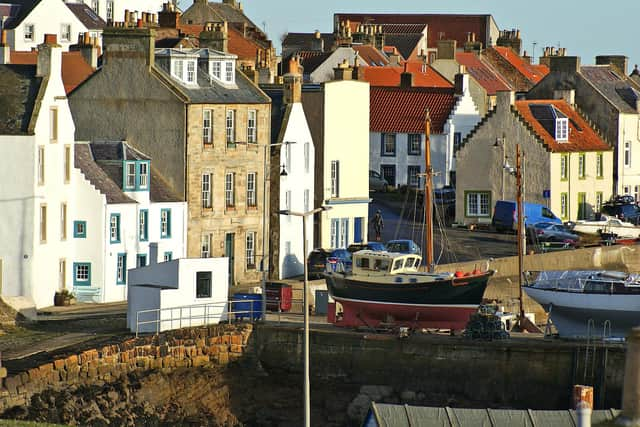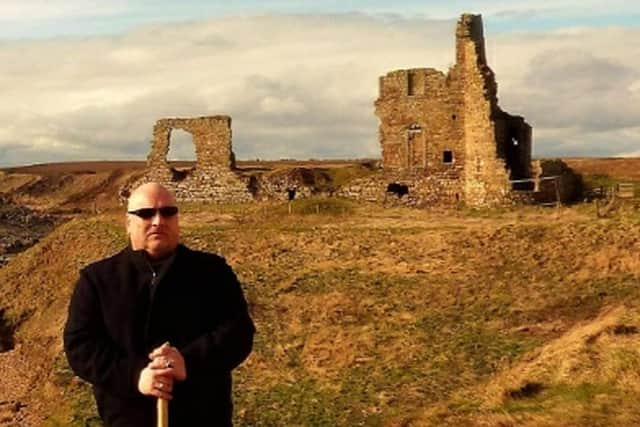New street in Fife village to be named after 'witch' executed nearly 400 years ago
Maggie Morgan was executed in 1651 in the village of St Monans as parishioners reportedly pulled up seats from the nearby church to watch.
She was prosecuted after giving birth to a child fathered by an influential son of the East Neuk, with records claiming she then terrorised the local minister by turning into a white rabbit before causing the death at sea of her old boyfriend and his new partner by stirring a cup in a bucket of water.
Advertisement
Hide AdAdvertisement
Hide AdNow as the injustices of the Scottish witch hunts come to the fore, a new housing development in St Monans will include the street Maggie Morgan Drive after residents called for the fate of the fisher girl to be remembered.


Bill Morris, treasurer of St Monans and Abercrombie Community Council, said residents had been asked to suggest names for the new streets in the village.
He said: “There were several members of the public who suggested Maggie Morgan, including myself after I learned about her story. She was only 17 when she died and getting a street named after her will mean that her story will keep going, will be remembered. Our past history makes our future.”
The move has been agreed by Fife Council and developer Lochay Homes.
Author Lenny Low, of Largo, first wrote about Maggie Morgan in his book Weem Witch, published in 2006.


Maggie attracted the attention of a young member of the influential Anstruther family, who abandoned her after she became pregnant.
Taken before the Kirk, Maggie was made to declare herself a “harlot and scandalous limmer” and, after revealing the father of her child was a local gentleman, was chained to the wall for three Sundays in a row, according to Mr Low.
In revenge, it is claimed she turned into a white rabbit to cast a spell on the minister and then caused disaster at sea as her old boyfriend set sail with his new love. Both drowned, according to accounts used in her prosecution.
Advertisement
Hide AdAdvertisement
Hide AdMr Low, who said the chairs pulled out of the church so parishioners could witness Maggie’s burning still existed, said he was “delighted” that she would now be remembered.
"It’s absolutely brilliant news,” he said. “It’s only a little street, but the important point is, she is now there.”
Records show around 4,000 people were accused of witchcraft in Scotland between 1563 and 1736, with women accounting for around of 85 per cent of suspects.
After a two-year campaign by the Witches of Scotland group, a private member’s bill to clear the names of those accused will be brought before the Scottish Parliament.
Meanwhile, Sheila Gaul, of the Remembering the Accused Witches of Scotland, supported the calls for Maggie Morgan Drive.
She said it followed similar moves in Queensferry and Kilwinning to names new streets after accused witches.
Ms Gaul said: “The story of Maggie Morgan is still so relevant today and talks about the social and sexual pressures faced by women. It shows how society’s views haven’t evolved as much as we’d like to think.”
A message from the Editor:Thank you for reading this article. We're more reliant on your support than ever as the shift in consumer habits brought about by Coronavirus impacts our advertisers.
If you haven't already, please consider supporting our trusted, fact-checked journalism by taking out a digital subscription.
Comments
Want to join the conversation? Please or to comment on this article.